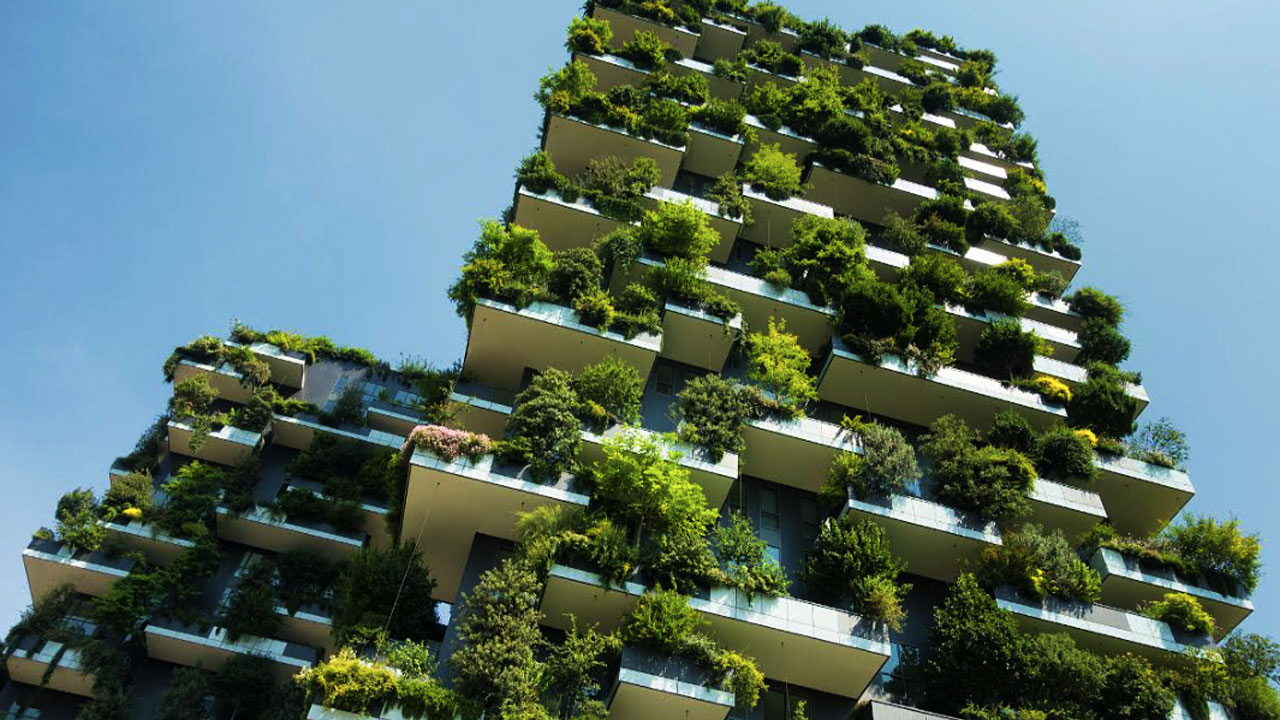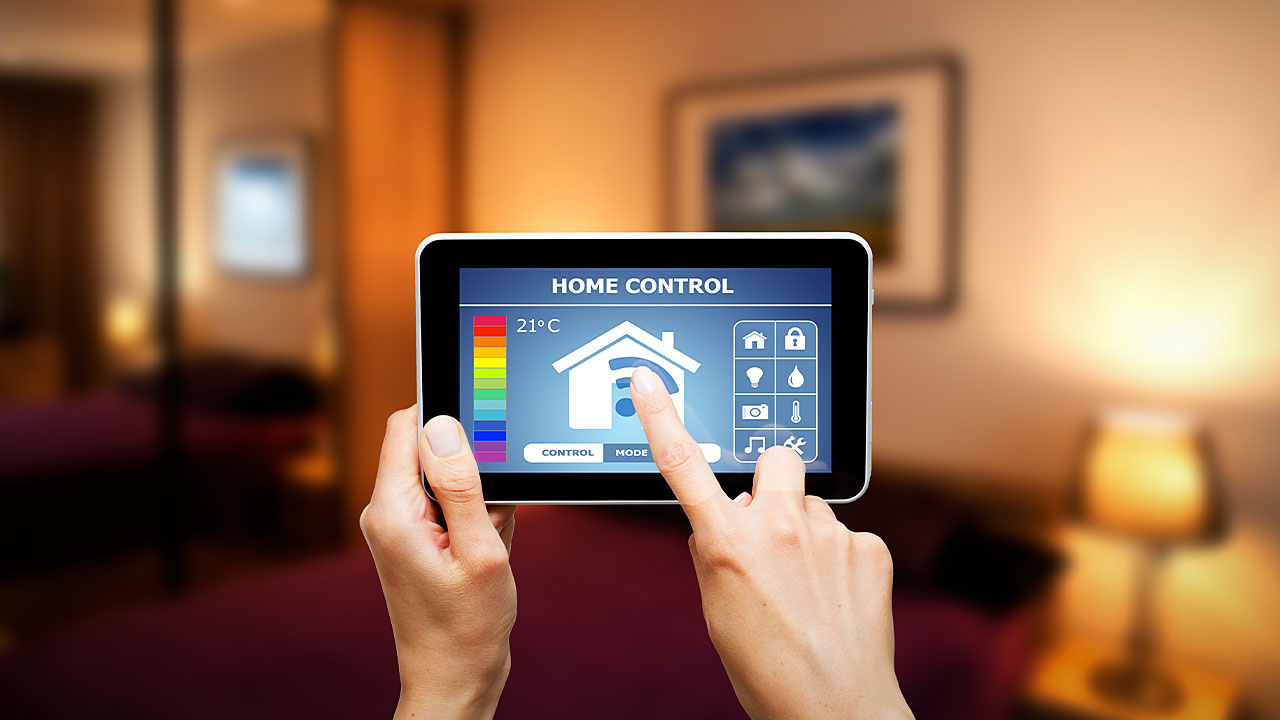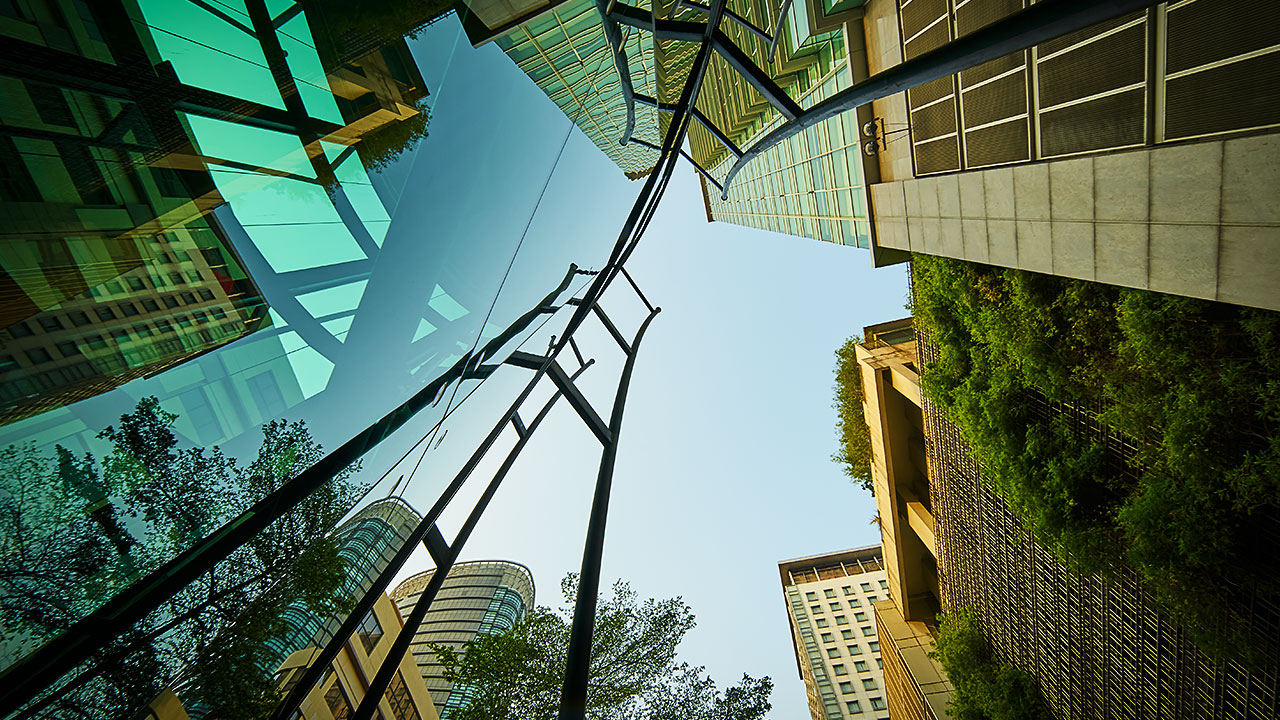The past year has introduced new changes that are radically changing how we live and do our day-to-day tasks. New architecture trends are aiming to redesign our ideal spaces, transforming them into productive environments that better suit our changing needs and lifestyles—allowing us to accomplish more while promoting our general health and well-being.
These architecture trends serve to promote spaces that bring the best of two worlds together, highlighting the beauty of nature while using technology to maximize efficiency and convenience. Knowing how architecture adapts and responds to our needs can help those studying architectural design to create better design solutions. Here’s a quick look at some of the rising trends you can expect to keep seeing in 2021.
Focusing on Eco-Friendly Solutions, Open Concepts, and Re-Imagined Outdoor Spaces
Recent architecture consists of environmentally-conscious designs that integrate seamlessly into our day-to-day lives. This trend is particularly visible through the addition of green facades and living walls in both interior and exterior spaces, depending on plants to provide natural esthetics. Other examples include relying on recycled or natural materials, which can be used in both constructions and as decorative components of architectural design.
Students taking architectural design courses will have noticed a continued interest in large and open interior spaces. The open space concept isn’t exactly new, but it’s still extremely popular as it promotes easy movement and better lighting. Similarly, outdoor spaces are also receiving lots of attention, with a renewed focus on building and enhancing balconies, terraces, and patios. Optimizing these exterior spaces to maximize comfort and utility can help further strengthen our connection to nature and the outdoors.

Green facades and living walls are popular architecture trends expected to continue in 2021
Developing Smart Homes and Buildings
Technology is now the front-runner in almost every field—and architecture is no exception. Architectural technicians are using technology to help design smart solutions, using home automation to regulate temperature, control lighting, and even monitor home security. In addition to providing convenience, home automation also works to reduce energy consumption through smart, automatic adjustments based on generated data.

Smart homes and buildings are rising in popularity, especially in light of their ability to reduce energy consumption.
The development of passive houses (or “eco-houses”) is very important for environmentally-conscious individuals, helping them work towards a better environment by automating energy systems. Through the use of effective insulation and clever zoning, along with balanced architectural structures, smart architecture can pave the way to a more sustainable future.
Showcasing History Through Building Reconstruction and Restoration Practices
Although reconstruction and restoration practices have been around for years, modern architectural teams are keen to explore and bring back what old buildings have left to offer. Contrary to what one might expect, these buildings present interesting layouts and reintroduce unique solutions while adding a certain charm to their current environment. Restoration projects are also convenient as they help address a number of rising concerns—including overdevelopment, pollution, and historical preservation.
Taking architectural design programs can give you all the knowledge and skills needed to start a new career in an industry you admire. Use your architectural design knowledge to support your community, building a brighter future that can last generations.
Are you interested in applying these trends in new architectural projects?



